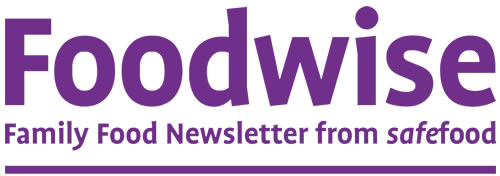Consumer focused review of the pork supply chain

- Project start date: 21 February 2007
- Project status: Completed
- Discipline: Food reviews
Research objective
This review outlines the pork and pork product supply chain on the island of Ireland. The basic processes by which pork and pork products enter the consumer food chain are described as well as the controls in place to protect consumers from potential risks. The nutritional and health benefits and risks of consuming pork and pork products are discussed.
The review covers raw, unprocessed pork products (e.g, pork loin, pork chops and pork roast), raw, processed pork products (e.g., bacon such as sliced bacon or "rashers"), ham and sausages, and processed/heat-treated pork products (e.g., cooked ham).
Research report
- Title: Consumer Focused Review of the Pork Supply Chain
- Publication date: 6 November 2008
- Summary: More pork meat per capita is consumed on the island of Ireland than any other meats including poultry, beef and mutton/lamb. However, greater than 50 percent of pork meat is consumed is in a processed form.
- Findings:
This report showed that pig production on the IOI has changed from a small-scale enterprise carried out by a large number of mixed farmers to a modern industry comprised of a small number of specialist producers operating large-scale units. Most products for retailers are prepared and packed in specialised cutting and processing units which may or may not be integrated in the slaughter plant. For some pork products, various additives such as salt, herbs and flavour enhancers are added. Pork products are then stored and transported, frozen or chilled to wholesale, retail and catering facilities for ultimate sale to consumers.
- Eighty-five percent of people on the island consume pork and pork products with consumers in Northern Ireland consuming slightly more than those in the Republic of Ireland.
- In 2006 in Northern Ireland, pigmeat was estimated to account for almost seven percent of gross turnover in the food and drinks processing sector at £190 (€280) million.
- In 2007 in the Republic of Ireland, pigmeat production was valued at €290 (£198) million at farm gate representing five percent of the grass agricultural output and making it the third more important sector in agriculture output after beef and milk.
- All pork meat and pork products must be thoroughly cooked with no pink meat remaining.
- The importance of an all-island approach to control schemes to minimise the incidence of Salmonella species in pigs is underlined by the fact that almost 40 percent of pigs slaughtered in Northern Ireland originate in the Republic of Ireland.
- More than 50 percent of pork products eaten on the island of Ireland are processed varieties, for example sausages, bacon and ham.
- On average pork meat has a lower total and saturated fat content than other red meats such as beef and lamb and is also a rich source of essential nutrients such as phosphorous, zinc, potassium, magnesium and the B vitamins.
- In response to health concerns regarding salt levels in foods and more specifically a negative focus on processed meat products, the pork industry is moving to reduce the levels of salt in pork products by 2010.
- Recommendations:
Consumers are urged to make a gradual reduction in their intake of processed meats and introduce more lean, fresh cuts into their diet.
A Review of the Pork Food Chain - summary document (PDF, 250KB)




